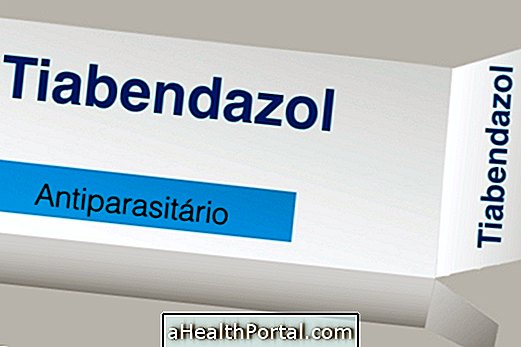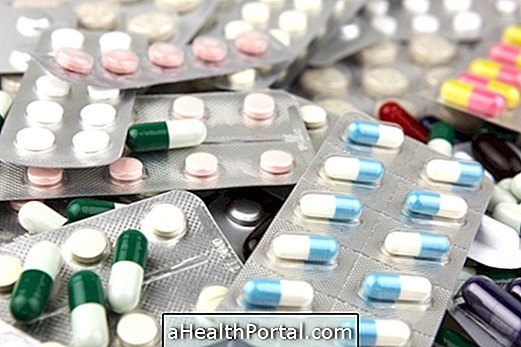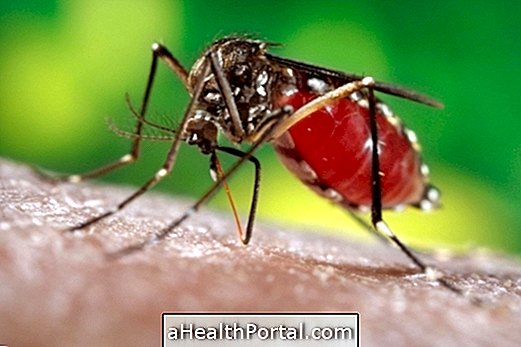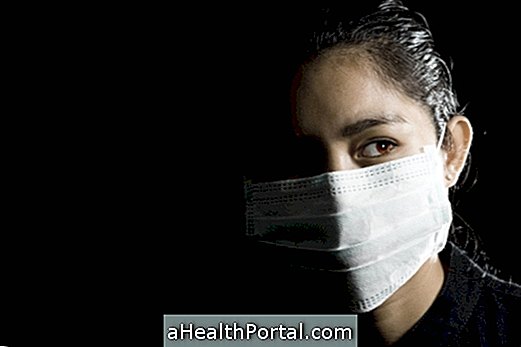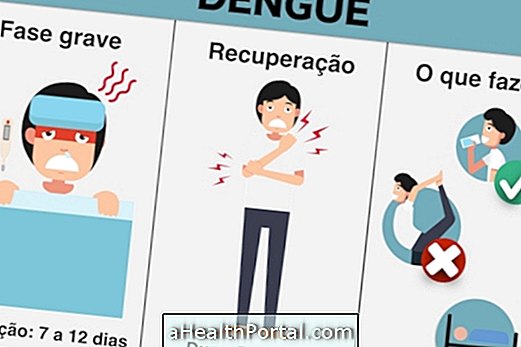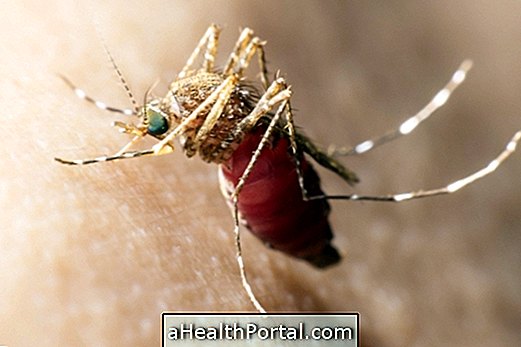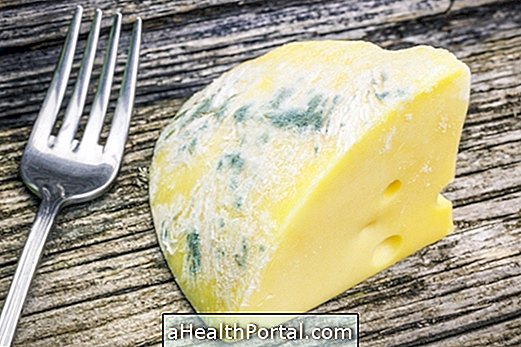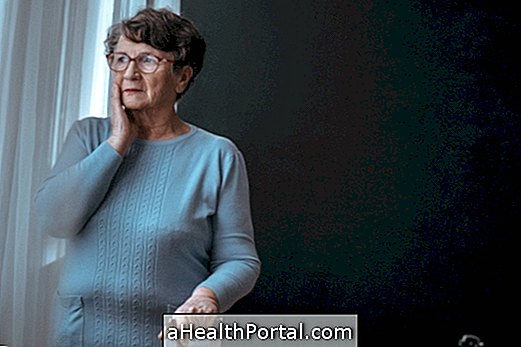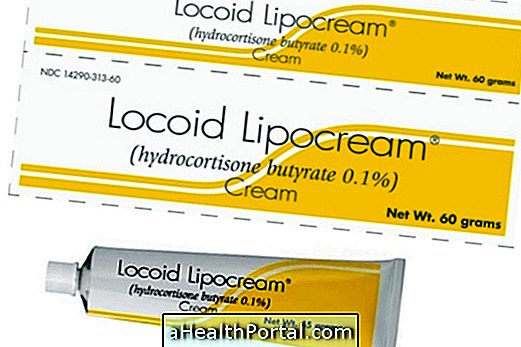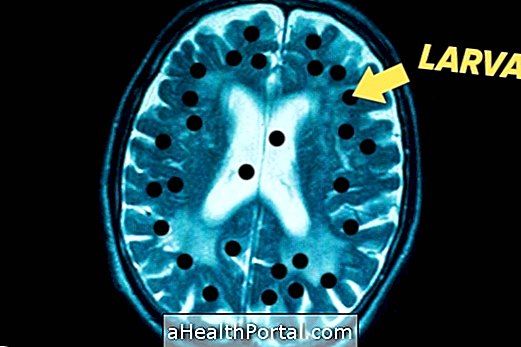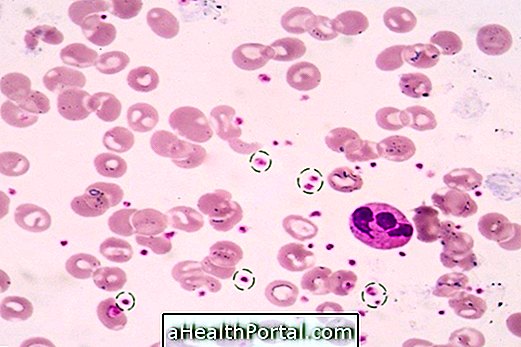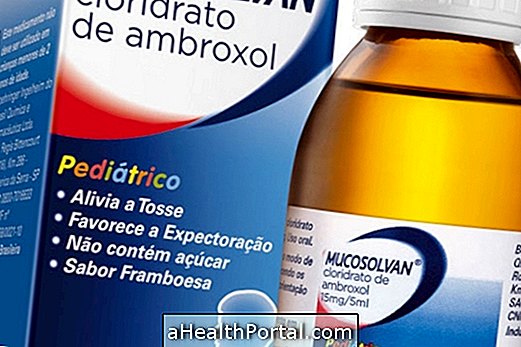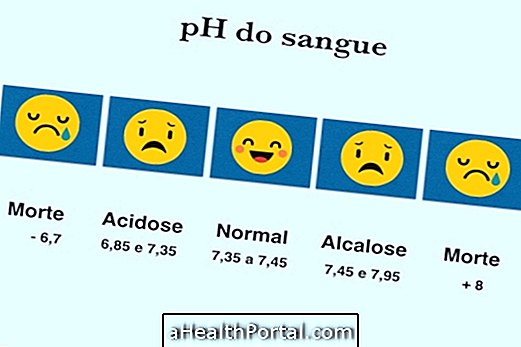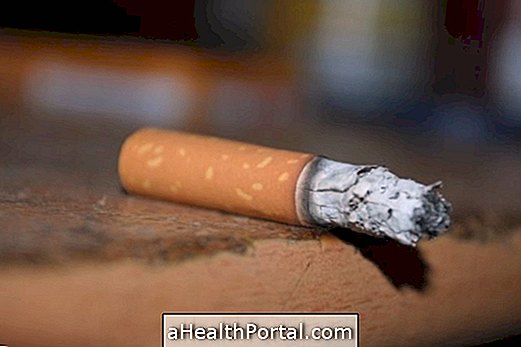Sexually transmitted diseases, known as STDs, are diseases that can be prevented by protected sexual intercourse. Although some STDs are curable with the right treatment, such as chlamydia, gonorrhea, and syphilis, for example, others are unhealed and can be very debilitating, such as AIDS, where the person's immune system is severely weakened, exposing it to various infectious agents.
The treatment of STDs is done according to the cause and may have the goal of eliminating the causative agent, usually the bacteria, or alleviating the symptoms, as in the case of diseases caused by viruses such as herpes and HPV, for example, already that antivirals can not expel the virus from the body. In addition it is determined by the urologist, in the case of men, or by the gynecologist, in the case of women.
Symptoms vary between men and women, but generally there may be discharge, blisters or wounds in the genital area, and pain or burning when urinating. Find out what are the symptoms of STDs in men and the symptoms in women.
The best way to prevent an STD is to use a condom on all intimate contacts, as it prevents direct contact between the genitals and prevents contact with the infectious agent.

Genital herpes
Genital herpes is a sexually transmitted disease caused by a virus that upon contact with the genital mucosa causes symptoms such as sores or blisters in the genital area that contain a virus-rich fluid, as well as pain and burning when urinating. In addition to being transmitted through unprotected intimate contact, genital herpes can also be transmitted through direct contact with the blisters or wounds. Learn how to identify the symptoms of genital herpes.
This STD is not curable, because the virus can not be eliminated from the body, but the symptoms can be controlled with the use of antiviral drugs, such as Aciclovir or Valaciclovir, twice daily or as recommended by the urologist at men's case, or gynecologist, in the case of women. Learn more about treatment for genital herpes.
HPV
HPV, also called a cock crest, is an STD caused by the Human Papilloma Virus that causes genital warts to form, which do not cause pain but are contagious, transmitting the virus from one person to another. Here's how to identify HPV.
Treatment for HPV is aimed at reducing symptoms and eliminating warts. It is usually done with medications that can relieve symptoms, decrease the chances of transmission, and prevent the progression to cancer, such as Podofilox, Retinoids and Acid trichloroacetic acid. Learn all about treatment for HPV.
Trichomoniasis
Trichomoniasis is caused by the parasite Trichomonas sp., which can infect both men and women, causing symptoms such as yellow-green discharge with bad smell in women, and itching and sensation when urinating or during ejaculation. Learn how to differentiate the symptoms of trichomoniasis in men and women.
Trichomoniasis, in addition to being transmitted through unprotected sexual contact, can also be transmitted through the sharing of wet towels, for example. Treatment is indicated by the urologist or gynecologist and is usually done with the use of antibiotics such as Tinidazole or Metronidazole for 5 to 7 days. It is recommended that during treatment the person avoid having sex, since the disease is easily transmissible. Understand how to treat trichomoniasis.
Chlamydia
Chlamydia is a sexually transmitted disease caused by the bacterium Chlamydia trachomatis, which is usually asymptomatic but can also cause symptoms such as yellow discharge in the case of women, in addition to pain and burning when urinating which can also be felt in humans. Multiple sexual partners, frequent vaginal showers and lack of protection during sex are factors that can increase the chances of infection by the bacteria. Know what the symptoms are and how the transmission of Chlamydia occurs.
This disease is cured if the treatment is done as directed by your doctor and is usually done with the use of antibiotics for about 7 days, such as azithromycin. The correct treatment is able to eliminate the bacteria and thus avoid complications such as Pelvic Inflammatory Disease and infertility. Understand how chlamydia treatment is done.

Gonorrhea
Gonorrhea is an STD that has healing with proper treatment, which is usually done antibiotics like Azithromycin and Ceftriaxone for 7 to 14 days or according to medical guidance. Treatment with antibiotics is able to eliminate the bacterium that causes the disease, with remission of the disease. Even if the sexual partner does not present symptoms, it is also important that the treatment is done to avoid the transmission of the disease. Learn more about treatment for gonorrhea.
Symptoms of gonorrhea usually appear after 2 to 10 days of contamination and can be transmitted through unprotected intimate contact, from mother to child during childbirth and, more rarely, through the wearing of undergarments and contaminated objects. See how it fits and how to know if it is gonorrhea.
AIDS
AIDS is usually transmitted through unprotected sexual contact, however the virus can be transmitted from person to person through needle exchange or contact with blood from infected people. The symptoms of AIDS can appear 3 to 6 weeks after contact with the HIV virus and include fever, malaise and weight loss. Find out what the main symptoms of AIDS are.
The treatment is done through the use of several drugs that act against the HIV virus, in addition to medicines that can increase the person's immunity.
Syphilis
Syphilis is an STD that, when treated properly and according to medical guidance, has a cure. The first symptom of syphilis is a genital wound that does not bleed and does not hurt and usually arises after unprotected intimate contact with an infected person. Find out what syphilis symptoms are.
When syphilis is not treated correctly, the disease may evolve and may be classified according to symptoms in:
- Primary syphilis: is the early stage of the disease and is characterized by the presence of small red wounds, called hard cancer, in the genitals;
- Secondary syphilis: which is characterized by the presence of pinkish or brown spots on the skin, mouth, nose, palm of the hands and soles of the feet. In addition, there may be involvement of the internal organs due to the spreading of the bacterium;
- Tertiary syphilis or neurosyphilis: occurs when secondary syphilis is not treated properly, leading to larger lesions on the skin, mouth and nose. In addition, in tertiary syphilis, bacteria can invade the central nervous system, reaching the meninges and spinal cord and causing symptoms such as memory loss, depression and paralysis. Learn how to identify and treat neurosyphilis.
Treatment is usually done with the use of Penicillin G or erythromycin, which are antibiotics capable of eliminating Treponema pallidum, which is the bacterium that causes syphilis. Understand how treatment is done for syphilis.
